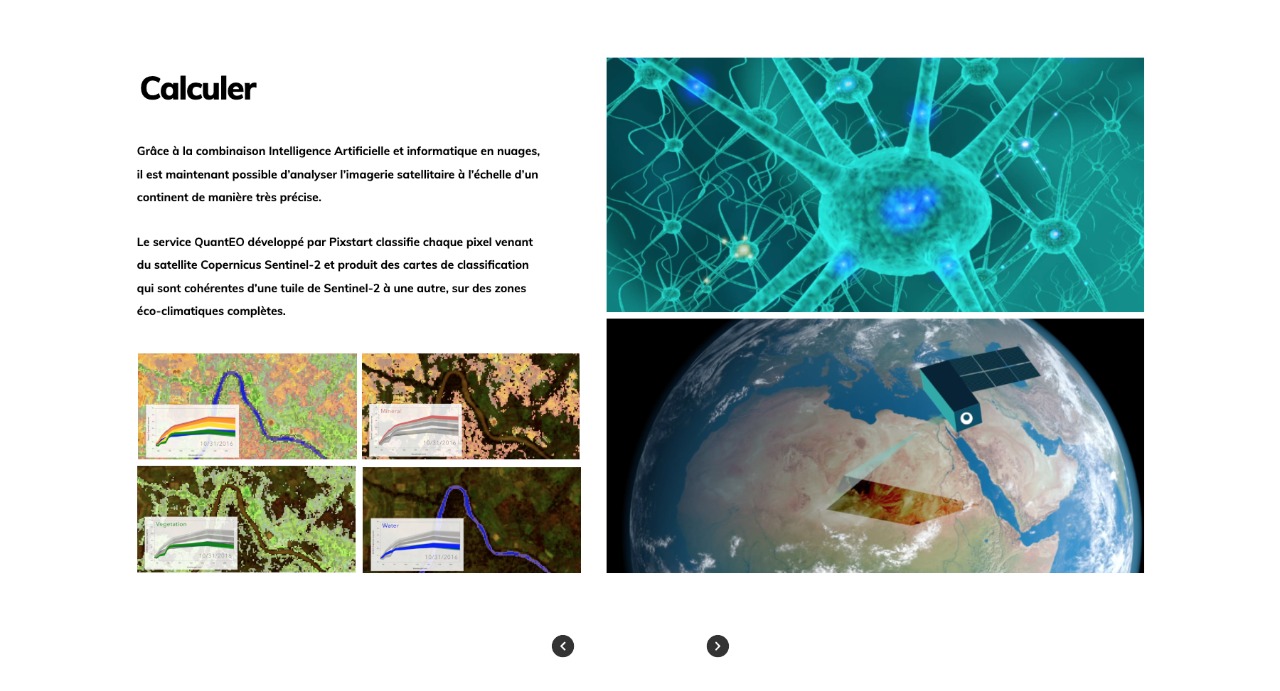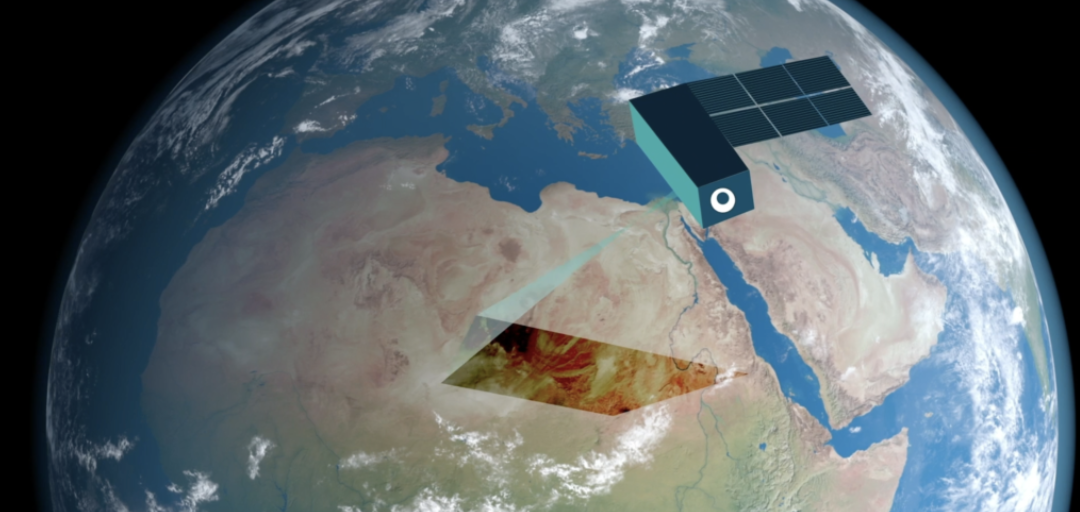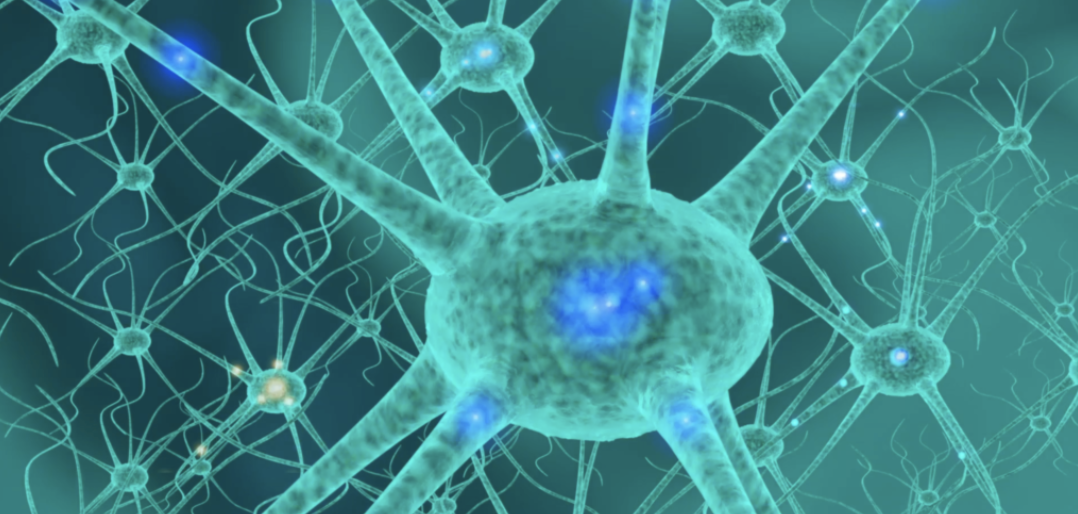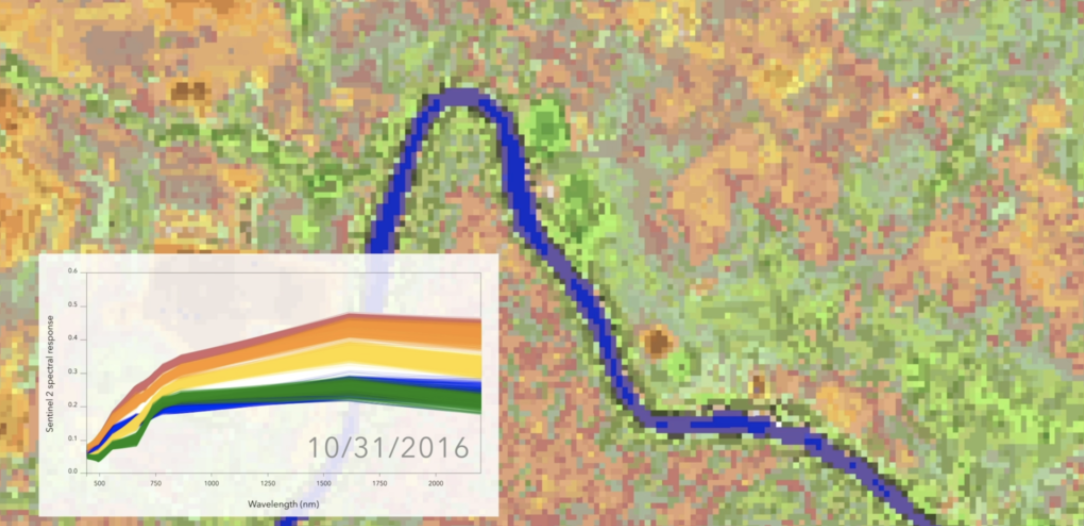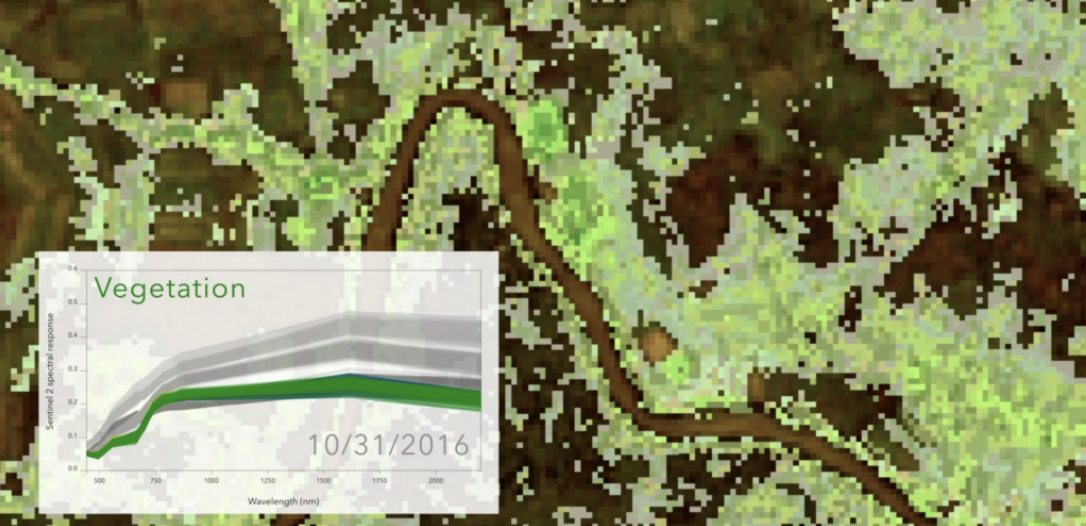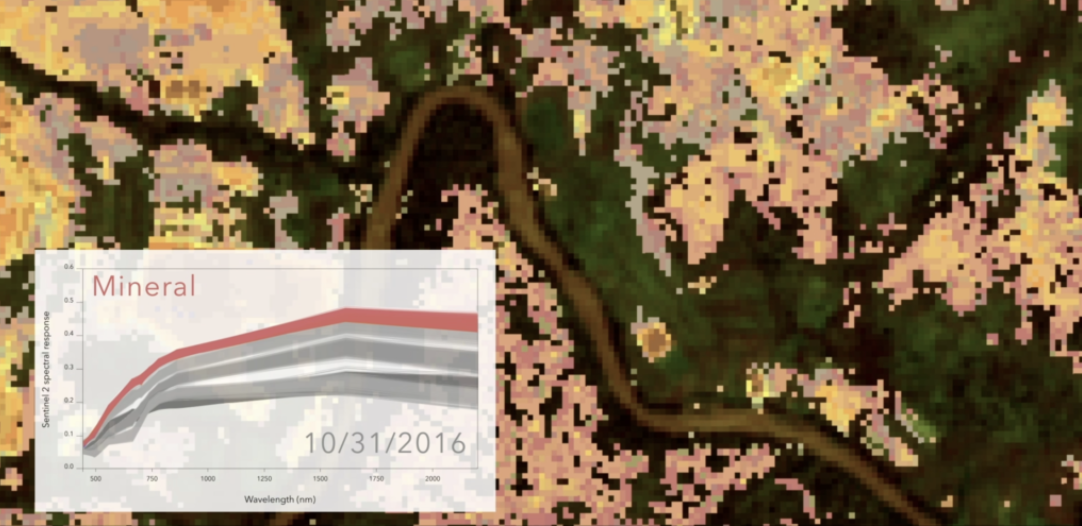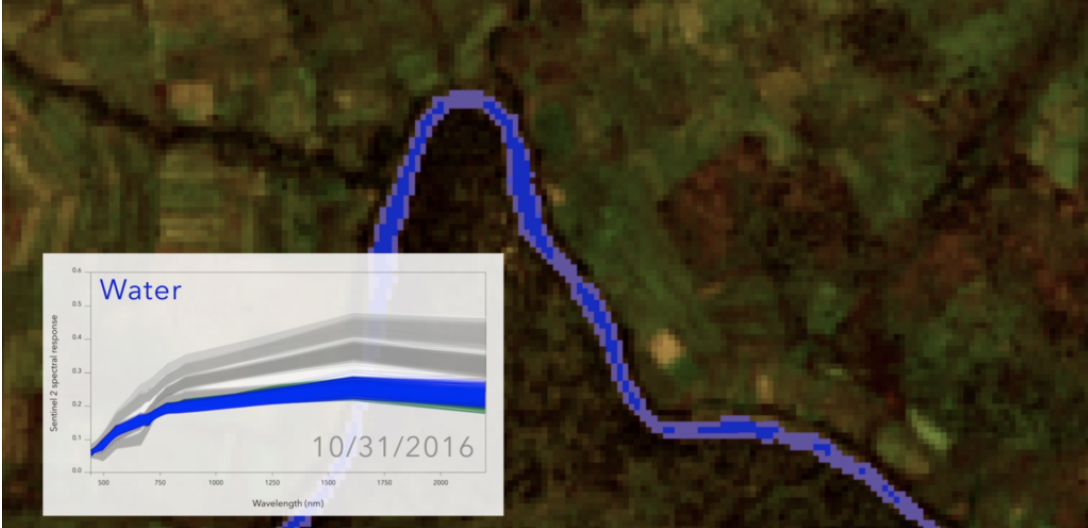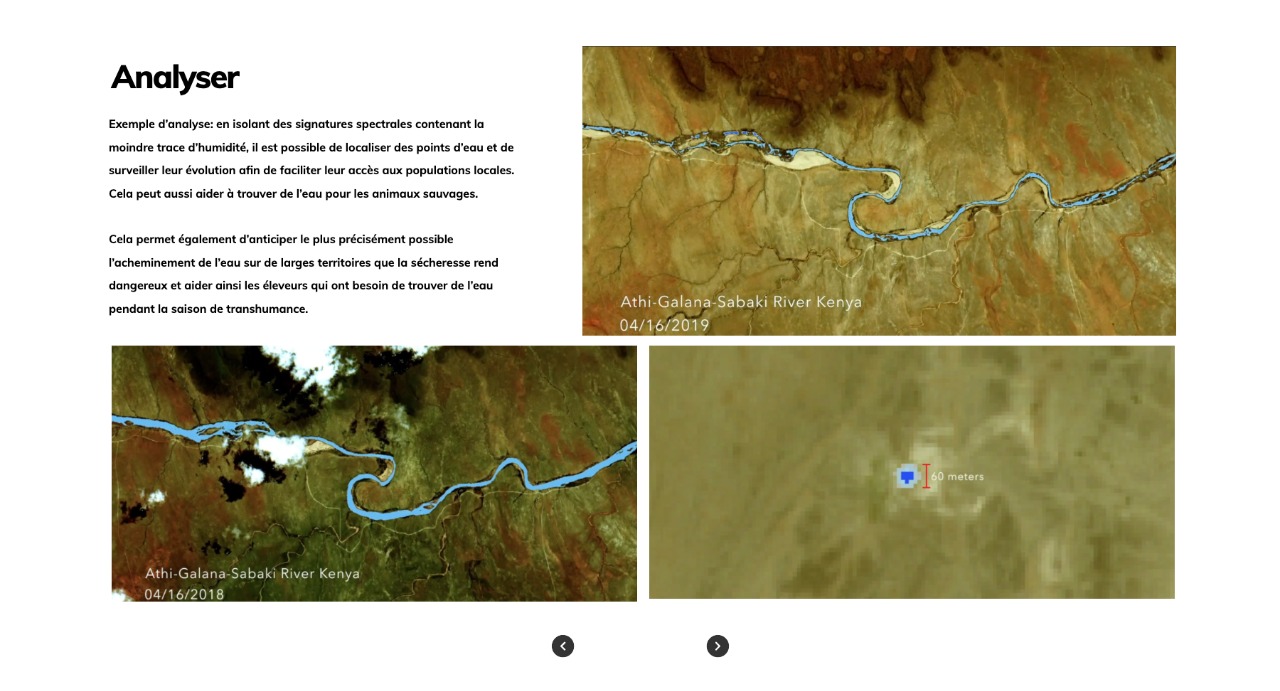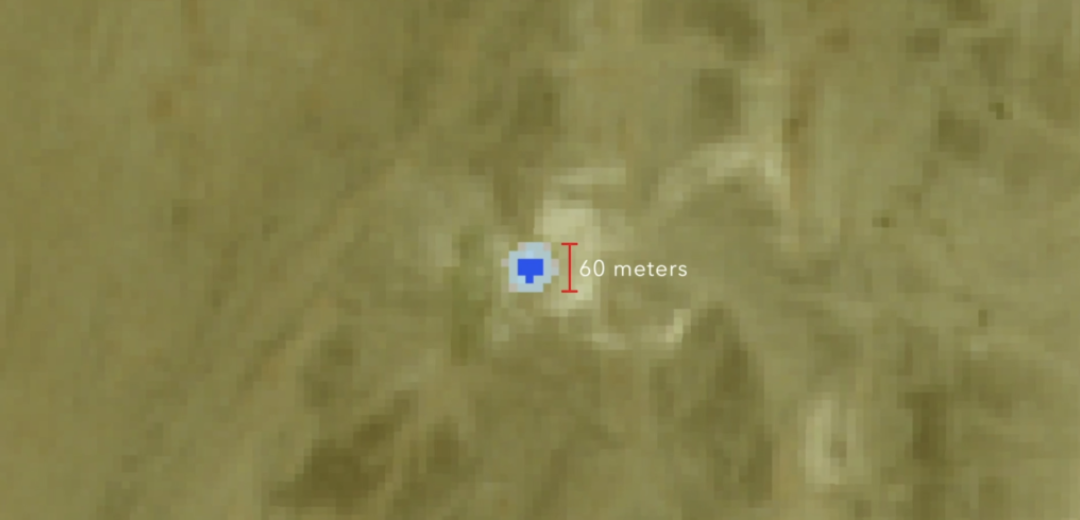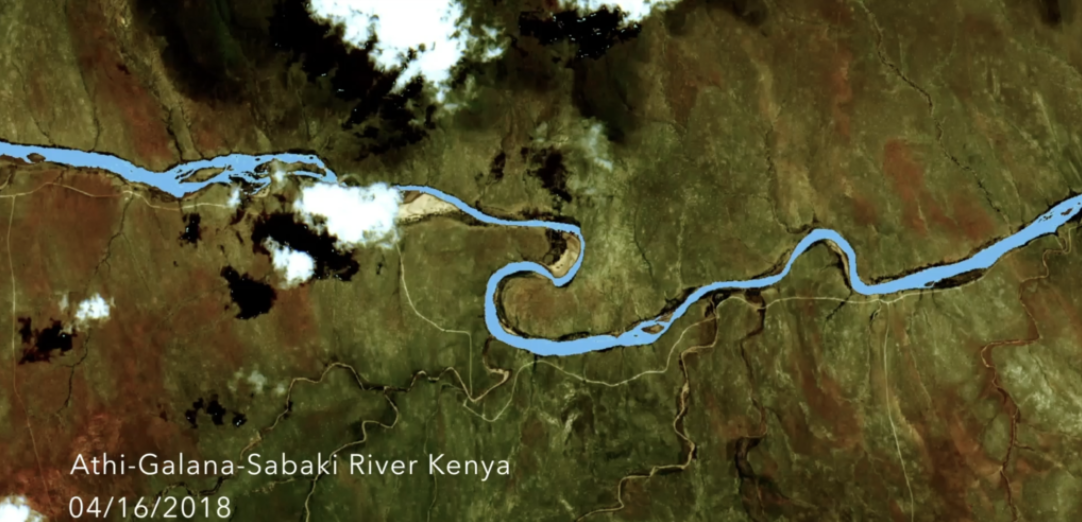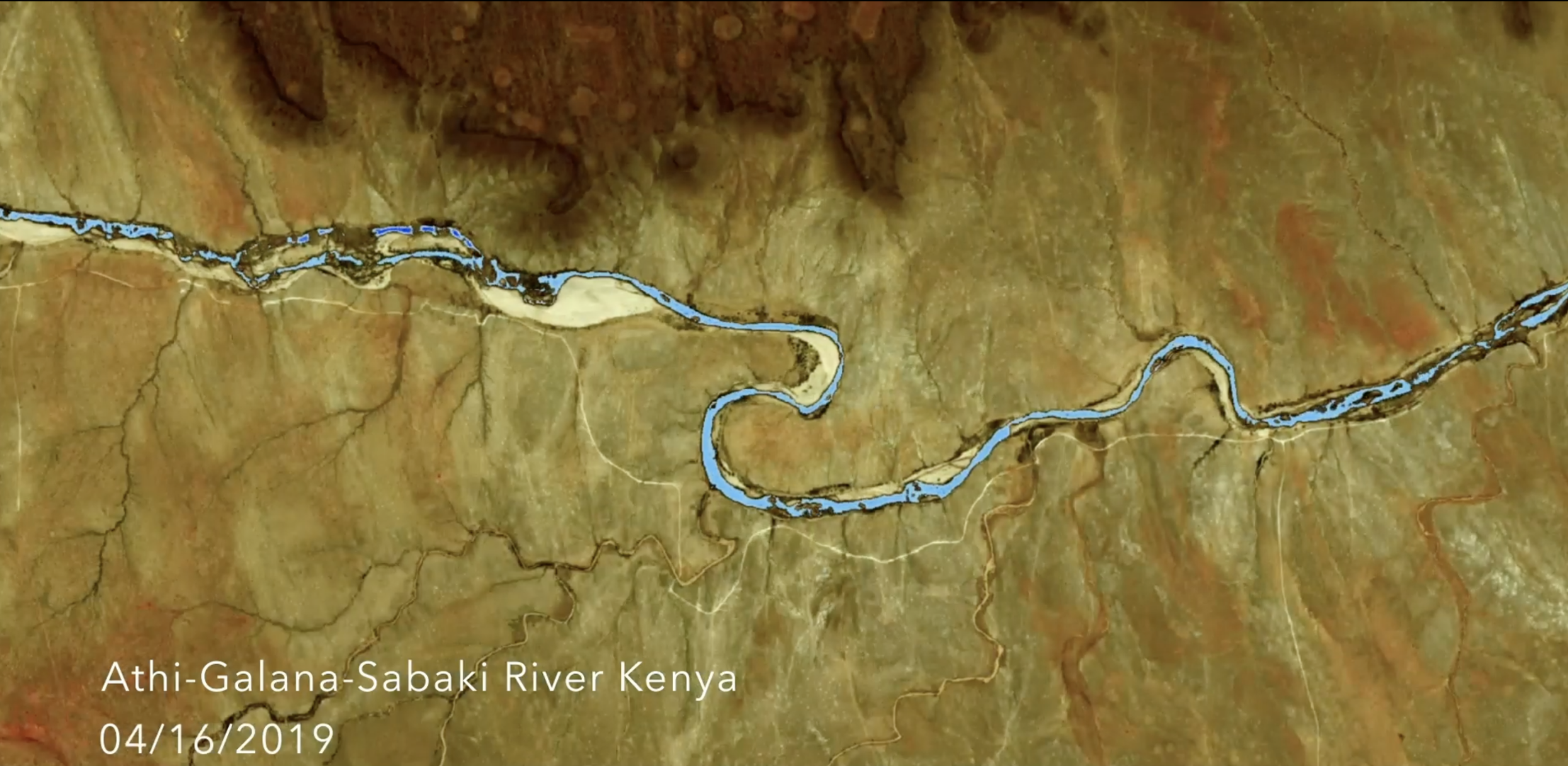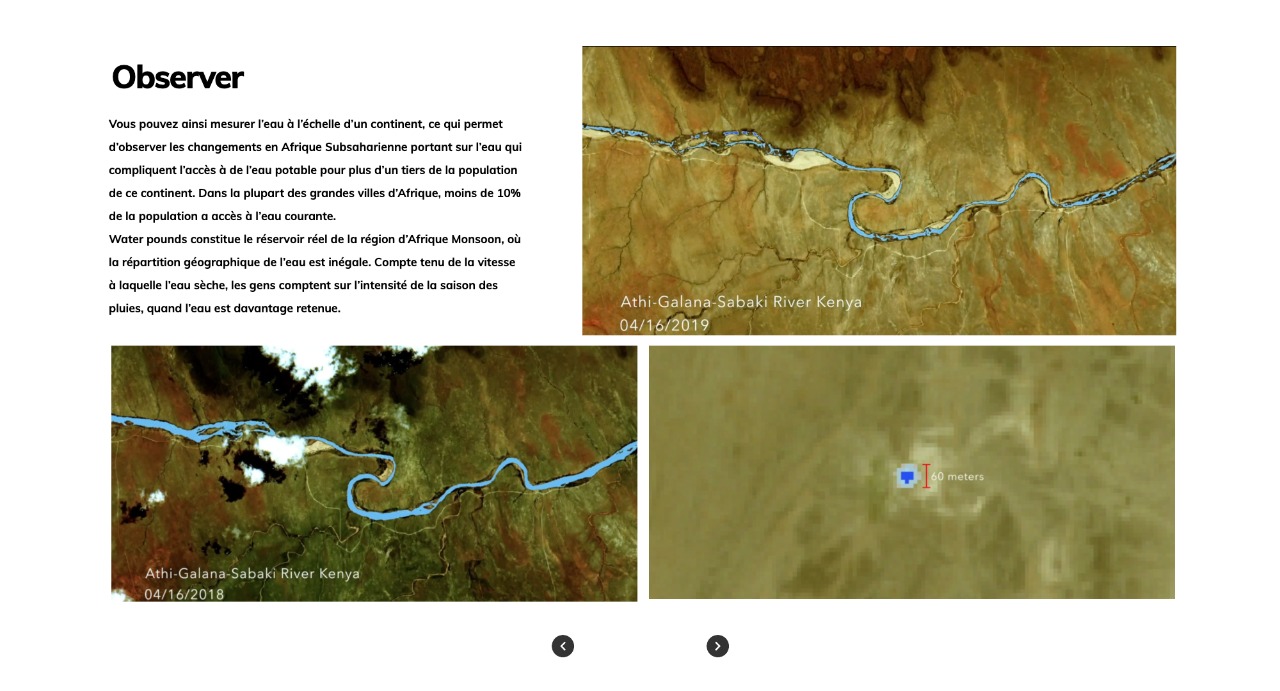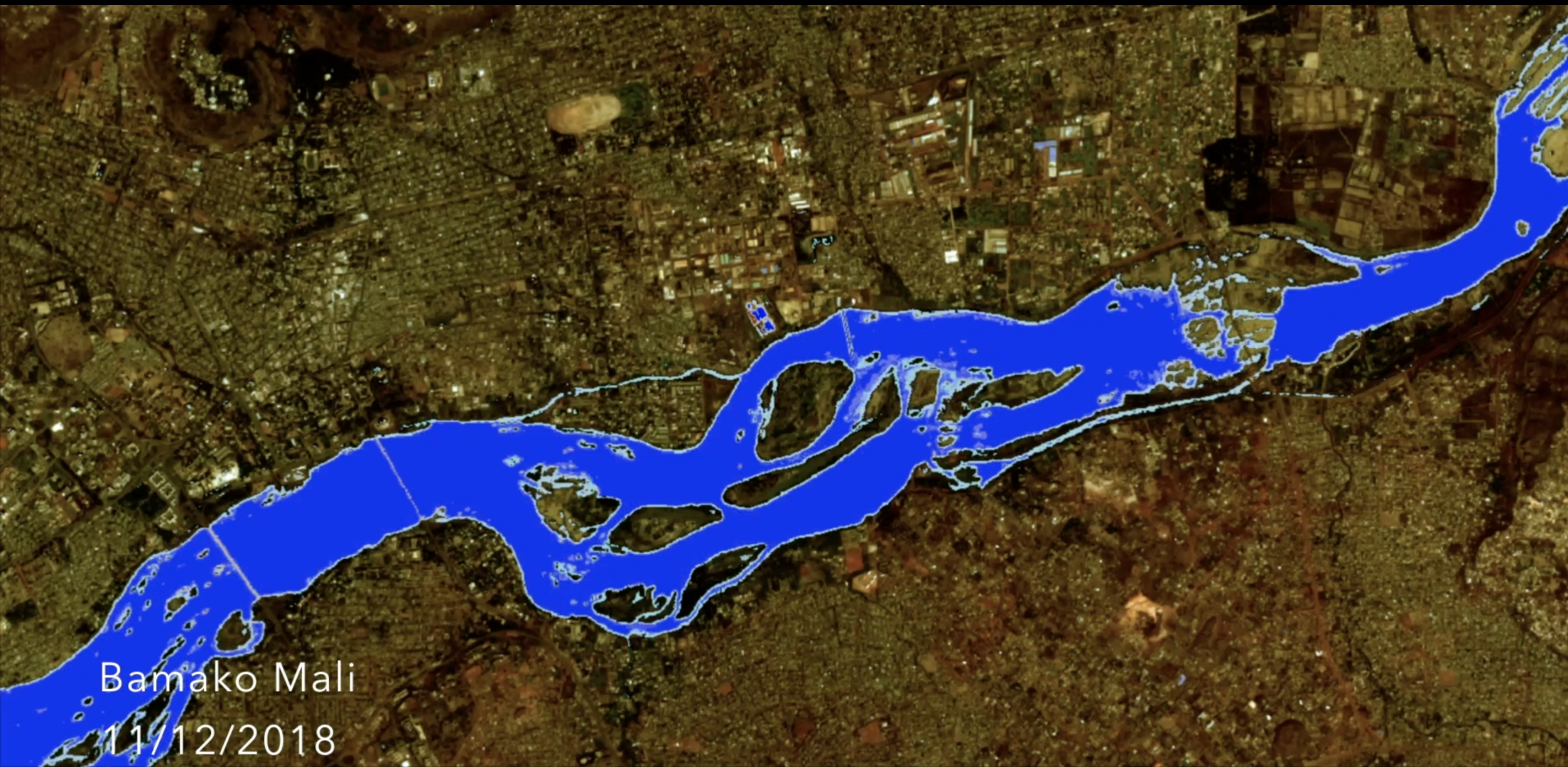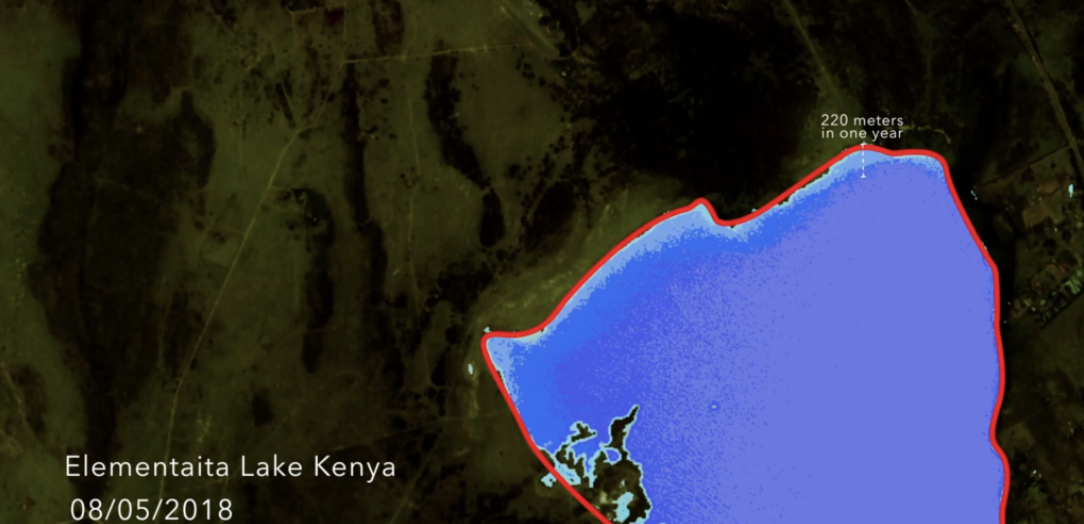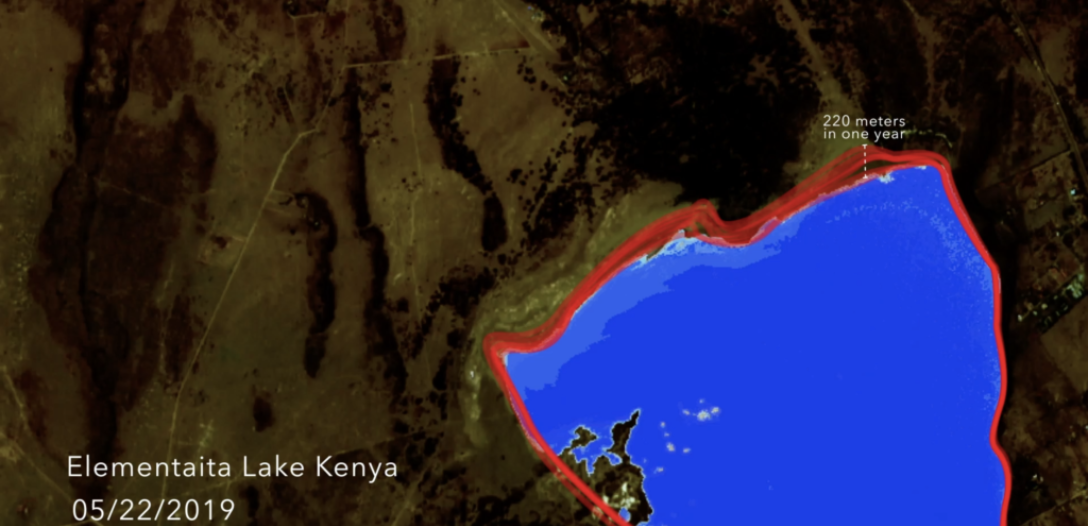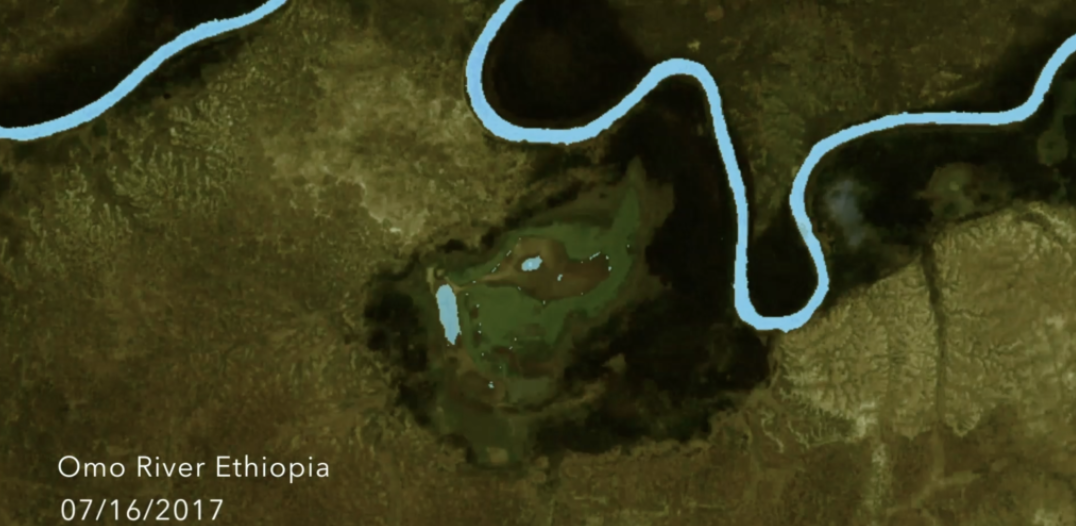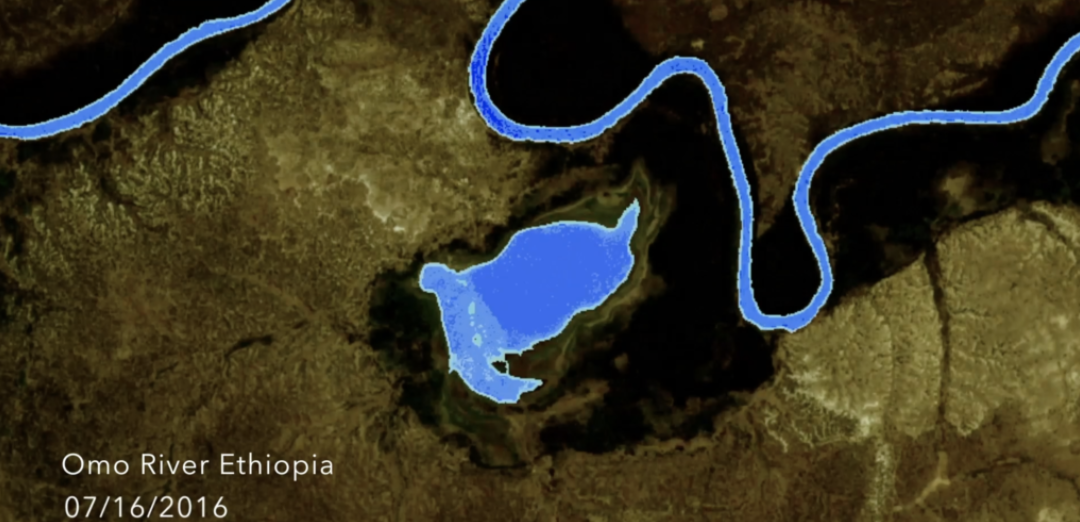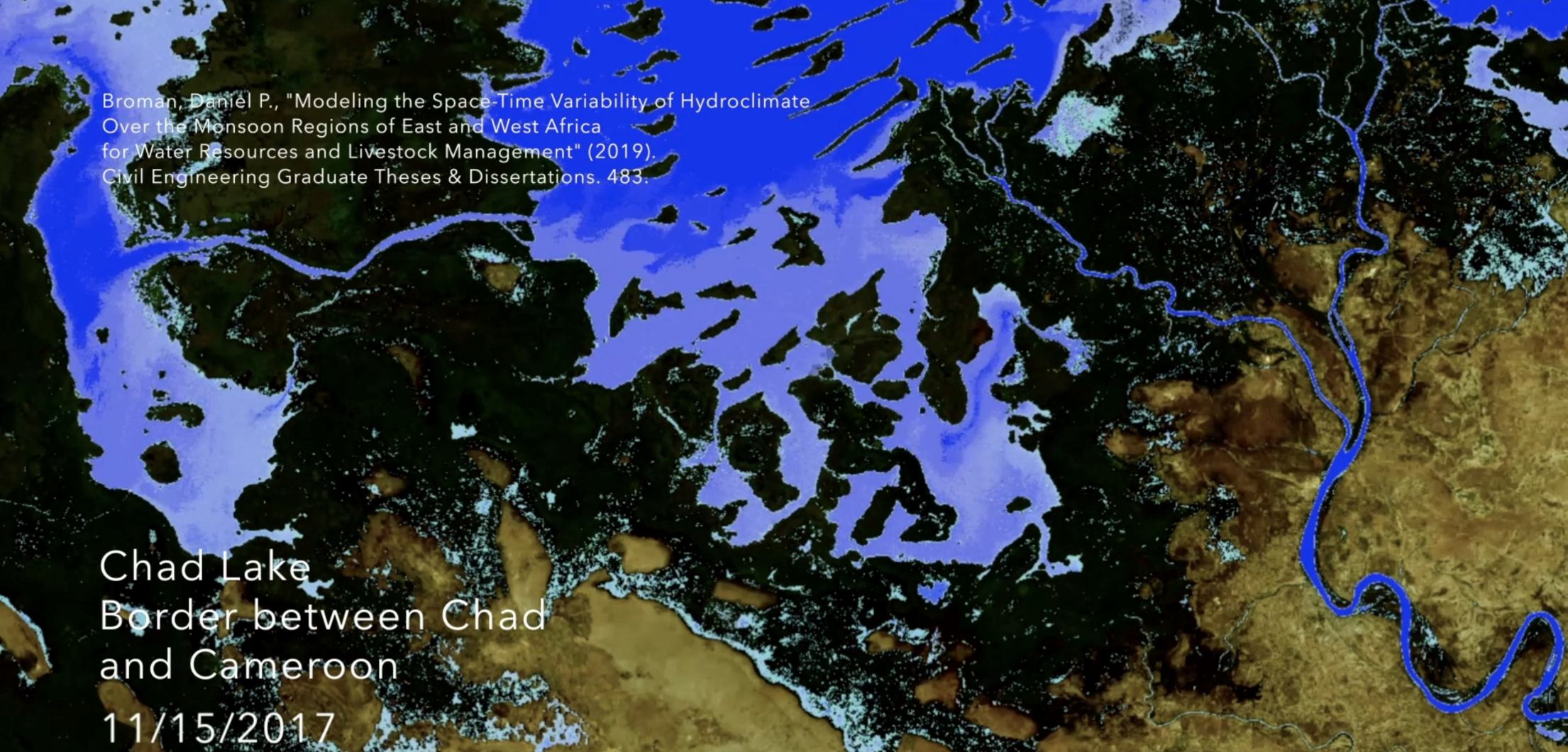Earth Observation Automatic Quantization
The QuantEO service brings to you all the power of Earth Observation by taking care of satellite remote sensing measurement difficulties.
It simplifies the signal by an automated clustering of Sentinel-2 pixels which allows its users to focus on Earth surface changes.
Available via a standard interface, it produces on demand and in close real time classified Sentinel-2 images at 10 meter resolution, in a new space which preserves all properties of Sentinel-2 information (spectral complexity and topology, maximum spatial resolution), and which is consistent over time and from a Sentinel-2 tile to another.
This simplified new space is allowing pixel labelling or grouping by a posteriori classes identification, change detection by distance computation, interpolation, and may be used as a preprocessing step for all kinds of machine learning algorithms.
Request for general conditions and user account: stephane.colzy@pixstart.io.
Project yourself into the future of Earth and envision your adaption to the global and local situations.

Posted on November 19, 2019 at 14:10 by Lydwine Gross


